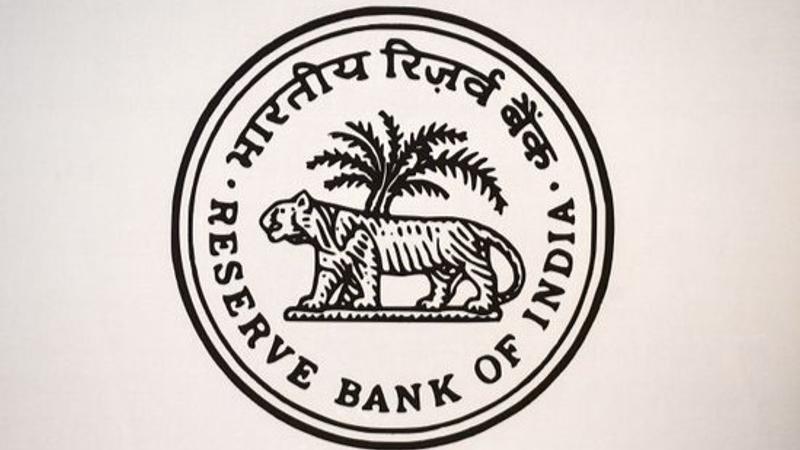Published 13:35 IST, April 5th 2024
Why RBI kept rate unchanged, when is a rate cut expected? Experts weigh in
Here is what experts, economists, and industry people have to say about the MPC outcomes.

Experts View: The Reserve Bank of India has kept the repo rate unchanged at 6.5 per cent and projected the GDP growth for FY25 at 7 per cent on Friday. Beating all the expectations, RBI governor Shaktikanta Das kept the growth forecast unchanged at 7 per cent, as the Street was expecting an upward revision of growth forecasts in the backdrop of more than expected and estimated growth witnessed by the Indian economy in Q2 and Q3 of FY24. Similarly, the RBI in its latest MPC decided to keep the inflation forecast at 4.5 per cent in FY25.
Here is what experts, economists, and industry people have to say about the MPC outcomes:
Dharmakirti Joshi, Chief Economist, CRISIL
As expected, the Monetary Policy Committee (MPC) of the Reserve Bank of India (RBI) kept the repo rate unchanged at 6.50 per cent. It has been 14 months since the rate was last raised. That said, over the last year, the central bank did tighten monetary conditions by reducing liquidity. With inflation trends mixed, the MPC prefers to wait for clearer signs of easing towards its 4 per cent target. Strong growth momentum in the economy has provided it space to do so. While food inflation was above 8 per cent in the most recent reading, non-food was way lower at 2.9 per cent. Core inflation at 3.4 per cent was well below RBI’s 4 per cent target.
Rajani Sinha, Chief Economist, CareEdge
The RBI’s MPC decision to leave the policy rate unchanged was very much on the expected lines. The RBI governor highlighted that healthy economic growth gives room to the Central Bank to continue its focus on containing inflation to the 4 per cent target on a durable basis. Core inflation, including services inflation, has been moderating in the last few months. However, the main concern of the Central Bank is the persistent high food inflation and the adverse impact of that on household inflationary expectations. Expectations of a normal monsoon in the current year bode well for food inflation. However, the continuation of geo-political rifts and supply-side risks of the same on commodity prices requires monitoring. Increased climate risks in the domestic and global economy have emerged as another big risk for food inflation in the last few years.
Going forward, the Central Bank can look at a real rate of interest of around 1-1.5 per cent. Hence as inflation moderates to around 4.5 per cent and as the US Fed starts cutting rates, we can expect RBI to go for a shallow rate cut of around 50 bps in two tranches starting Q3 FY25.
Suman Chowdhury, Chief Economist and Head of Research, at Acuité Ratings & Research
RBI MPC has kept the status quo on the interest rates and the monetary stance in the first meeting of FY25 and for the seventh consecutive time. Not surprisingly, RBI has continued to reaffirm its commitment to disinflation and price stability without providing any guidance on the timing of the monetary policy pivot. The central bank would continue to be watchful about the increased crude oil prices and any upward risks in food inflation in the near term, given the forecast of an intense upcoming summer season. The governor highlighted the significance of keeping the “elephant in the forest” (a metaphor for high inflation) for a durable period.
The growth expectations for RBI continue to be strong with the GDP growth forecast for FY25 retained at 7.0 per cent, reaffirming the strong momentum in domestic economic activity.
Sunil Kumar Sinha (Senior Director & Principal Economist) & Paras Jasrai, Senior Analyst at India Ratings and Research
As India Ratings and Research (Ind-Ra) had expected, RBI in its monetary policy review on 5 April 2024 kept the policy rate and stance unchanged. As a result repo rate continues to stand at 6.50 per cent, the standing deposit facility at 6.25 per cent and the marginal standing facility at 6.75 per cent. On the policy rate front, RBI’s guidance concerning inflation and its trajectory during the four quarters of FY25, suggests that RBI will remain cautious and watchful and is unlikely to change either the stance or policy rate any time soon as it does not want to fritter away the gains made so far in combating inflation. According to RBI retail inflation is expected to come in at 4.9 per cent 1QFY25, 3.8 per cent in 2QFY25, 4.6 per cent in 3QFY25 and 4.5 per cent in 4QFY25.
Shishir Baijal, Chairman and Managing Director, Knight Frank India.
The RBI's decision to keep the REPO rate unchanged at 6.5 per cent, aligns with expectations and is greatly welcomed. This move towards maintaining stability in lending rates bodes well for the real estate sector, which has been consistently growing. It also provides added support to consumers, ensuring economic growth remains robust. Furthermore, the Governor's optimism is bolstered by the resilience in domestic macro fundamentals. With the government’s revised GDP growth projection for FY 24 at 7.6 per cent, Manufacturing PMI hitting a 14-year high, strong Services PMI, and high FOREX reserves, sentiment is further uplifted, promising sustained long-term growth for the domestic economy.
Updated 13:35 IST, April 5th 2024




